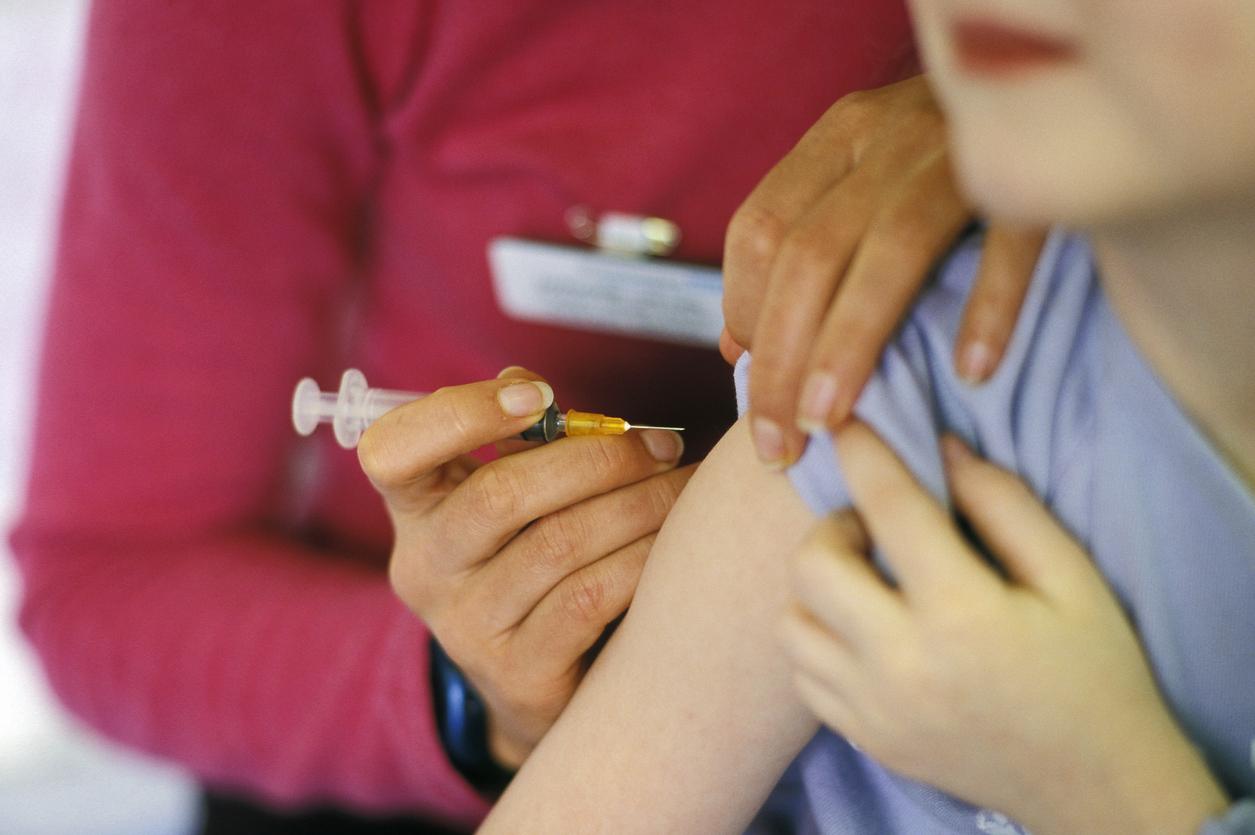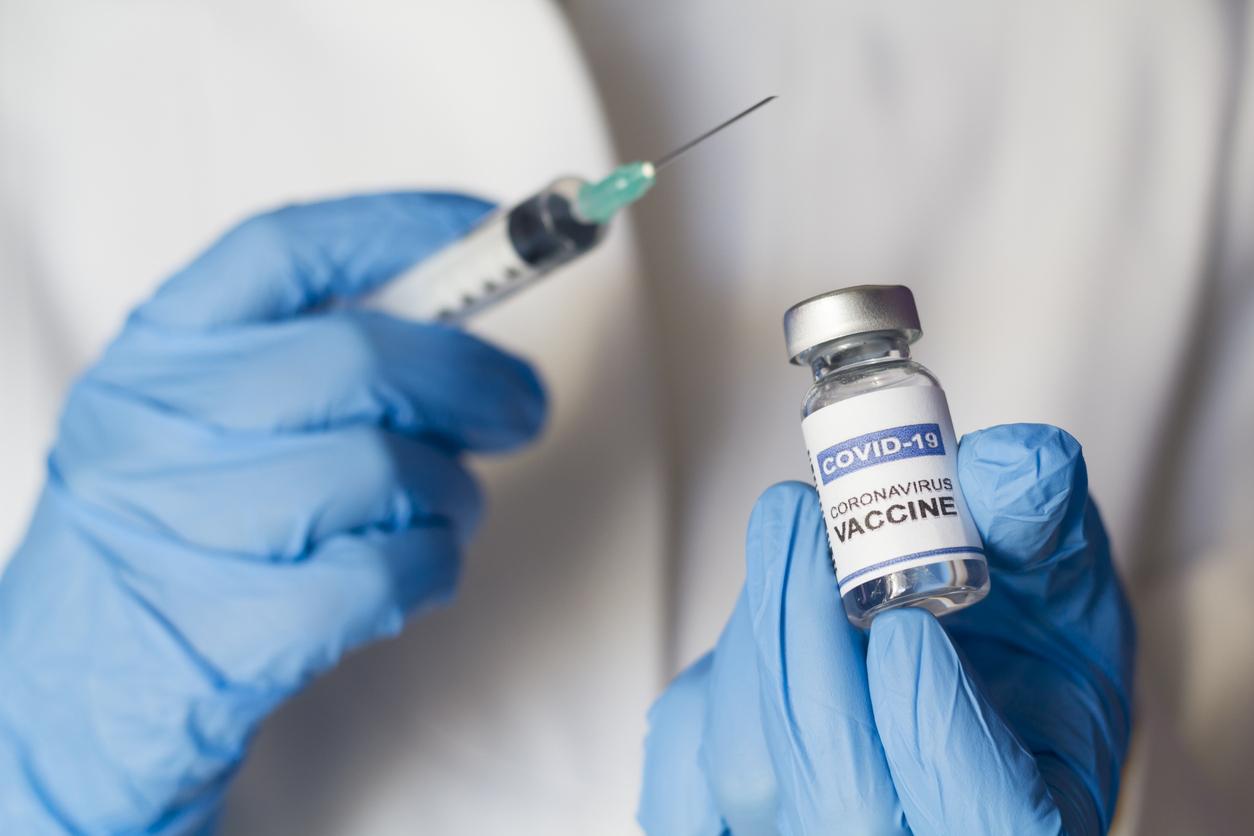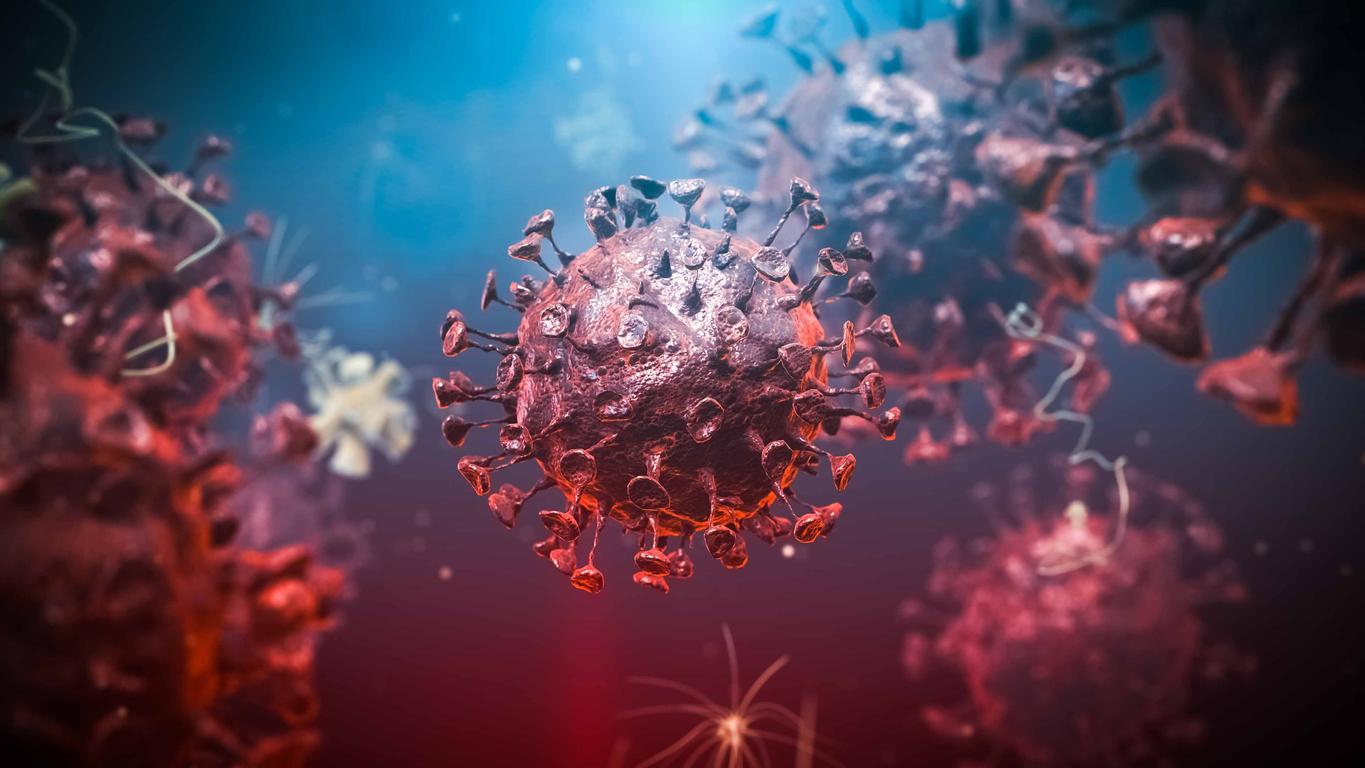To meet vaccine demand, and to avoid a possible shortage of needles and syringes, start-ups, with the support of certain countries such as Canada, are working on injection methods, not intramuscular, but through the skin.

- To deal with a hypothetical shortage of syringes and needles, countries like Canada have approved a new technology that allows the vaccine to be injected by micro-jet, through the pores of the skin.
- The first trials are conclusive, but require an adaptation of the vaccines already available against Covid-19, in particular because an intramuscular injection requires lower doses of vaccine.
This may be the future of vaccination against Covid-19. While all over the world, vaccination against SARS-CoV-2 is intensifying to protect the most vulnerable and reduce the pandemic, a Canadian start-up called International Medical Technologies has decided to innovate.
It has just developed the Med-Jet H4, an injection gun that expels a micro-jet of vaccine through the pores of the skin. “Instead of a needle piercing the skin, it’s the vaccine or the liquid itself that comes out like a micro-jet that’s six times smaller than a needle. It’s the one piercing the skin and which spreads”details at Montreal Journal Director of Operations Maurice Menassa.
Not only less painful than a conventional injection, vaccination using this new technology already approved in Canada could also be a solution to a possible global shortage of syringes and needles in the future.
Encouraging first trials
But is the vaccine injector as effective as the syringe? The Canadian Agency for Drugs and Technologies in Health (CADTH) wanted to make sure of this by testing it with the flu vaccine, the polio vaccine, the measles, mumps and rubella (MMR) vaccine, and the vaccine against diphtheria, tetanus, whooping cough and hepatitis B.
Their conclusions are promising since the body’s immune response would be the same whether the vaccine was administered using a needleless injector or with a conventional syringe. Only downside: “a greater number of local adverse effects”, like redness. Systemic side effects such as fatigue, muscle pain and fever are however less important.
An injection method still in the test phase
It now remains to be seen whether this injection method is compatible with the vaccines available against Covid-19. Asked by NEWSBéhazine Combadière, director of research at Inserm and member of the Center for Immunology and Infectious Diseases at Sorbonne University, believes that current vaccines cannot be administered by micro-jets. “When you want to vaccinate by the skin, you have to take into account several parameters. First of all, the vaccine itself. The doses that are injected in vaccination by the skin are not the same as those that are injected intramuscularly, much lower doses are used”, she explains.
Researchers will therefore have to develop a formula specially dedicated to intradermal vaccination, or else conduct trials with very low doses to ensure their effectiveness. Successful trials may lead to more people being vaccinated with fewer doses.
.

















